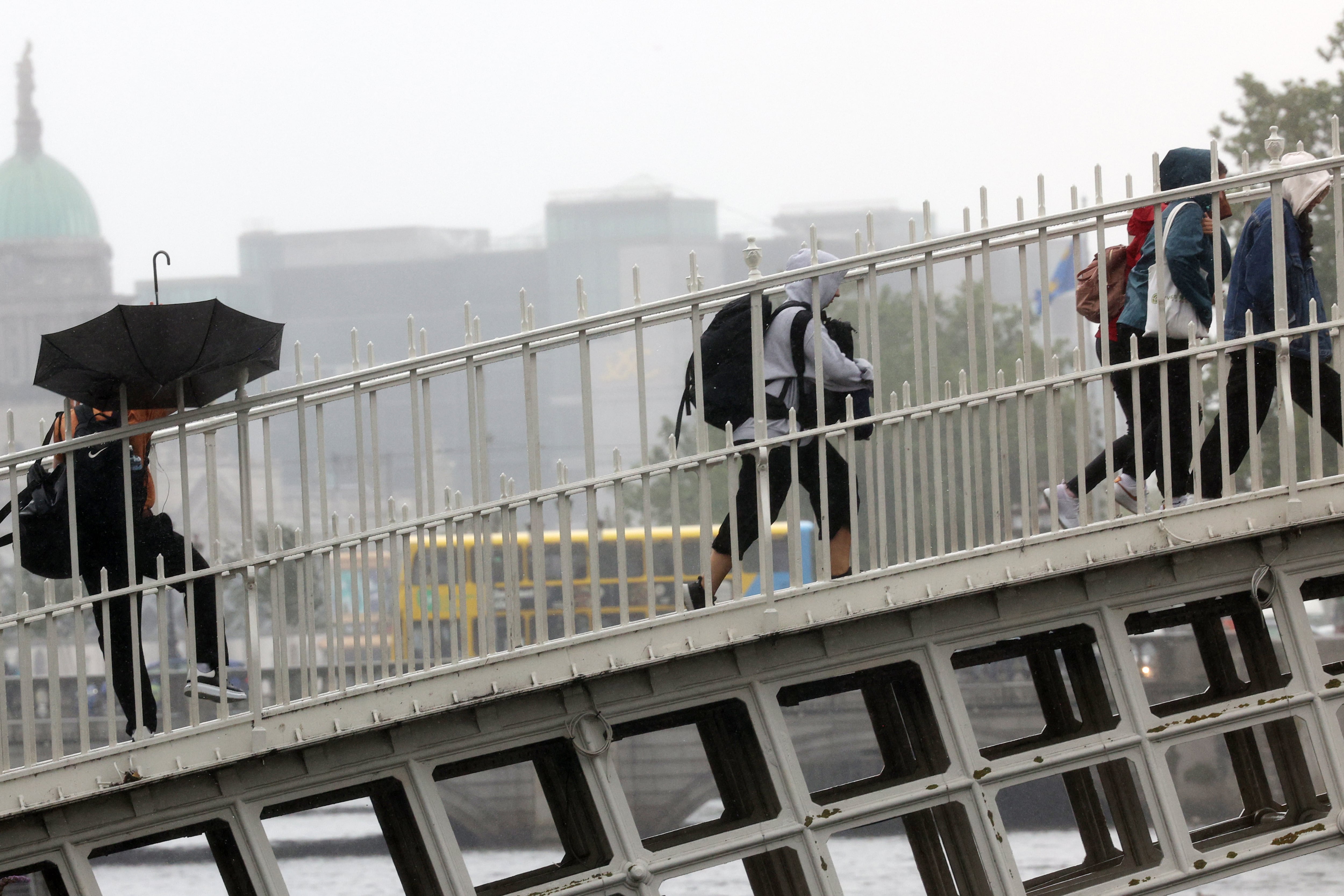The outlook for the Irish economy has improved but high prices will continue to pose a cost-of-living challenge for households, the Economic and Social Research Institute (ESRI) has said.
In its latest commentary, the economic think tank said it expected inflation to moderate “considerably” in the coming months due to falling energy costs, averaging 4.5 per cent this year and 3.5 per cent next year. It had previously expected inflation to average 7.1 per cent in 2023.
The more benign outlook for prices means the economy here will grow at a faster rate of 3.8 per cent (in terms of modified domestic demand) this year boosted by additional consumption and investment.
However, the institute warned that if core inflationary pressures begin to be replaced by second-round or wage-based price rises, “a higher-for-longer interest rate cycle would likely be followed to address this”.
READ MORE
“Such a policy could take longer to be effective and thus presents downside risk to the global macroeconomy particularly in light of recent difficulties amongst certain financial institutions,” it said.
The impact of higher interest rates has been somewhat muted here with lenders only partially passing on the latest European Central Bank rate hikes, the ESRI’s Conor O’Toole said, while noting this could change if higher interest rates are maintained.
Despite the fall in energy prices, central banks have continued raising interest rates amid concern that underlying inflation, which strips out volatile food and fuel prices, has become more entrenched.
The aggressive sequence of rate rises implemented by the ECB and others has caught out several big financial institutions, most notably Silicon Valley Bank (SVB) and Credit Suisse, fuelling fears of another banking crisis.
Stronger-than-expected Irish growth combined with near full employment raises the possibility of overheating in the Irish economy in the short to medium-term, the ESRI said. Overheating occurs when growth outstrips the production capacity of an economy, bidding up prices and wages. The ESRI last warned of overheating in late 2019 but this dynamic was quickly overtaken by the pandemic.
While the economy here has “performed particularly well during the pandemic and appears to have weathered the energy crisis emanating from the war in Ukraine”, the institute also highlighted what it described as significant “concentration risks” associated with the pharma and IT sectors here.
It noted that the two sectors accounted for the majority of corporation tax receipts and exports and “have contributed significantly to recent employment gains”.
“As large tech companies continue to experience difficulties and additional interest rate increases are expected, the risk of further lay-offs and reduced profits could lead to a downward revision in our outlook for the labour market and public finances,” it said.
While commending the Government’s plan to transfer another €4 billion of windfall corporate tax revenue to the National Reserve Fund this year, the ESRI said “there are a number of complexities surrounding the use of the fund from an international perspective” including how compatible would using the revenues be with the EU’s new fiscal rules.
The ESRI said house completions this year were likely to be less than the 29,000 seen last year “owing to the reduced number of commencements” but that the underlying trend was upwards.
On the back of strong-than-expected population growth, it also warned that the structural demand for housing – currently put at 28,000 to 35,000 units annually – is likely to be revised upwards.
“This means that the demand for housing is likely to exceed the supply over the medium term. As a result, house price inflation and increases in rents are likely to continue, albeit, in the case of house prices, at a slower pace than was the case in 2022,” it said.















